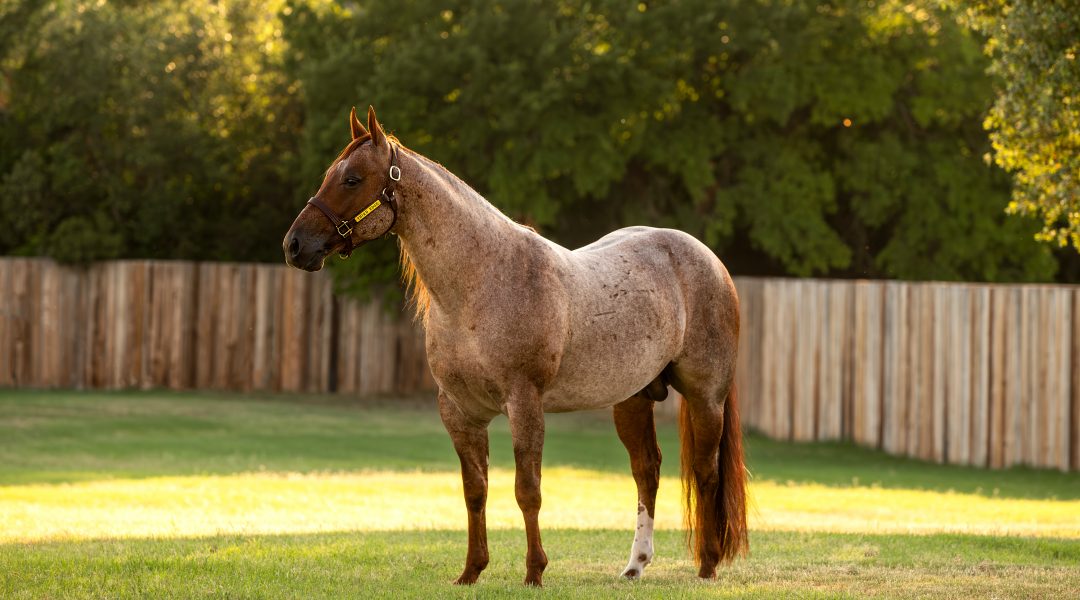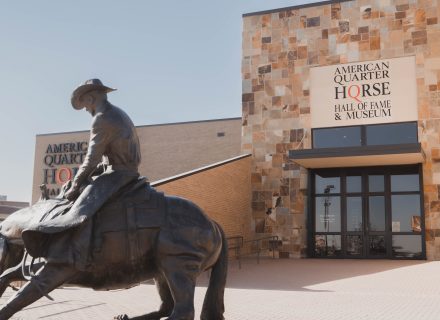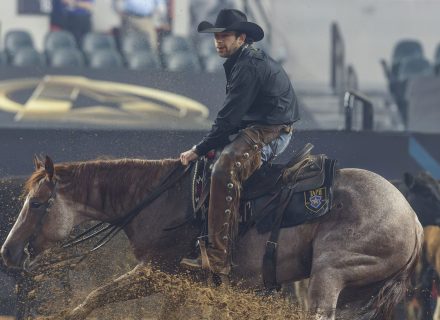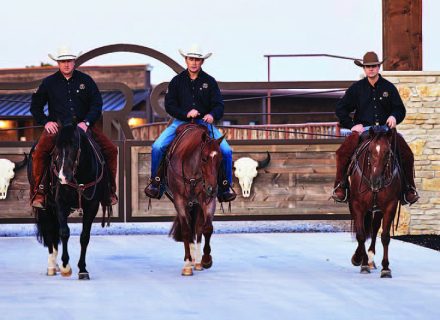American Quarter Horses continue to win people over with their willing minds, mighty hearts, and great beauty.
If there’s one thing all American Quarter Horses have in common, it’s a willing spirit. Well, make that a willing spirit and owners willing to brag until the cows come home about their amazing horses.
Quarter Horse owners tend to have a tenacious streak that has made the American Quarter Horse Association the largest single breed horse registry in the world, not just the United States. They are loyal to their chosen breed, and for good reason.
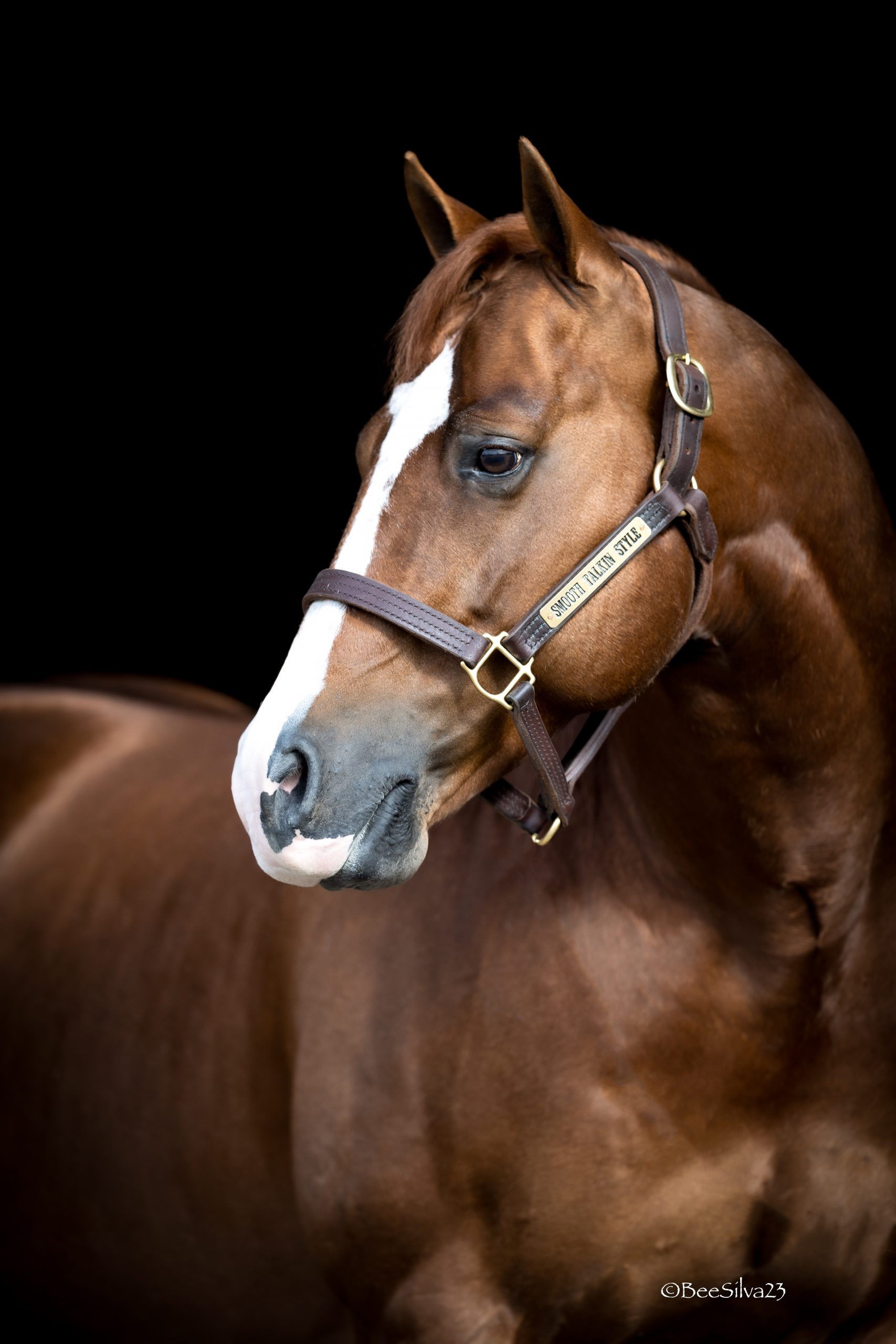 Smooth Talkin Style: 2015 NCHA Open Horse of the Year; $5 million in offspring earnings; $305,284 in lifetime earnings (Owner, Teton Ridge; Stands at Brazos Valley Stallion Station) (PHOTOGRAPHY: Bee Silva)
Smooth Talkin Style: 2015 NCHA Open Horse of the Year; $5 million in offspring earnings; $305,284 in lifetime earnings (Owner, Teton Ridge; Stands at Brazos Valley Stallion Station) (PHOTOGRAPHY: Bee Silva)
Back in the 1940s, when AQHA was young, cattle producers and race enthusiasts were feuding over what exactly was the best kind of Quarter Horse. The so-called bulldog men wanted a stout body built to go all day for ranch work, while the racers wanted a sleek, greyhound body built for speed.
After a few years of squabbling, the compromise the founders reached was simple: “You do you, and I’ll do me. You build your dreams, and I’ll build mine.”
Breeders have long focused on the horses that can make their individual dreams come true, and the result is a horse that can make anyone’s dreams come true.
It’s not hyperbole. Literal dreams have come true through Quarter Horses.
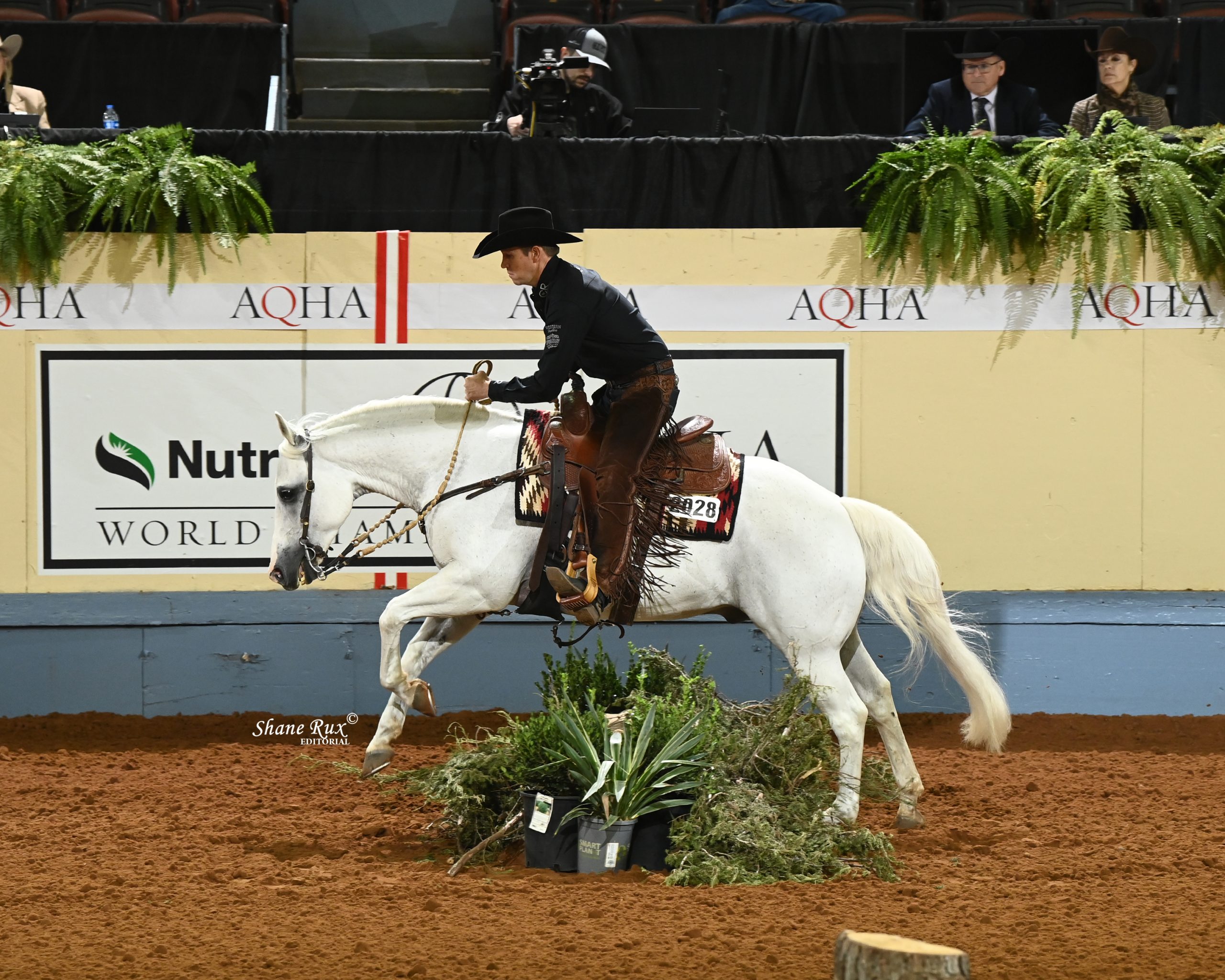 Champion Quarter Horse Gunner Got Out (PHOTOGRAPHY: Bee Silva / Shane Rux Photography)
Champion Quarter Horse Gunner Got Out (PHOTOGRAPHY: Bee Silva / Shane Rux Photography)
FAST FACTS
• The American Quarter Horse Association has registered more than 6 million horses worldwide.
• The American Quarter Horse Foundation is the charitable arm of AQHA. It administers the Hall of Fame & Museum, funds equine health research and equine-assisted services, and provides college scholarships.
• People and horses are nominated for the Hall of Fame and then are reviewed and scored by a committee. To be chosen, horses must have significantly influenced their field, and humans must have shown the highest level of character and integrity.
NOT A QUARTER OF A HORSE
Quarter Horses are bigger than humans, but they’re primarily prey animals. The best of them have overcome their flight instincts to trust humans to stand near them and pat them on their solid, short-haired bodies that smell of warm grass and sunshine.
Their bravery has been cultivated through the years.
“Our horse evolved from the horses brought to America by the colonials and the Spanish, and the horse that came to be the American Quarter Horse was destined to be our partner in work and transportation — heavily muscled, fast, and good-minded,” says Chris Sitz, chief foundation officer of the American Quarter Horse Foundation, which operates the American Quarter Horse Hall of Fame & Museum in Amarillo, Texas. “They were the rancher’s partner — the go-to horse for the cowboy because they don’t give up, cover rough terrain, and don’t let you down.”
In 1940, ranchers gathered in Fort Worth, Texas, to discuss a horse registry for the kind of horses they liked — the kind of horse that made their cowboying jobs easier, not harder. The ranchers agreed that the horse that stood grand champion at the Southwestern Exposition and Fat Stock Show would be given the first registration number. Wimpy, owned by the venerable King Ranch, won and received that number.
After that, the registry exploded as more and more owners wanted their favorite horses to be not just ranch horses, but Quarter Horses.
That affinity for the brand grew in exciting ways as the association created a magazine — the American Quarter Horse Journal — so that breeders could advertise their horses to one another. A youth organization followed, then a Youth World Show, then the AQHA World Championship Show in 1972. The All American Futurity, a race strictly for 2-year-old Quarter Horses, was first run in 1959. In 1978, the All American became the first race in history to offer a $1 million purse. It’s still the richest race in North America, regardless of breed, with a purse of $3 million. These advancements were intended to keep up with the consumer demand for Quarter Horses.
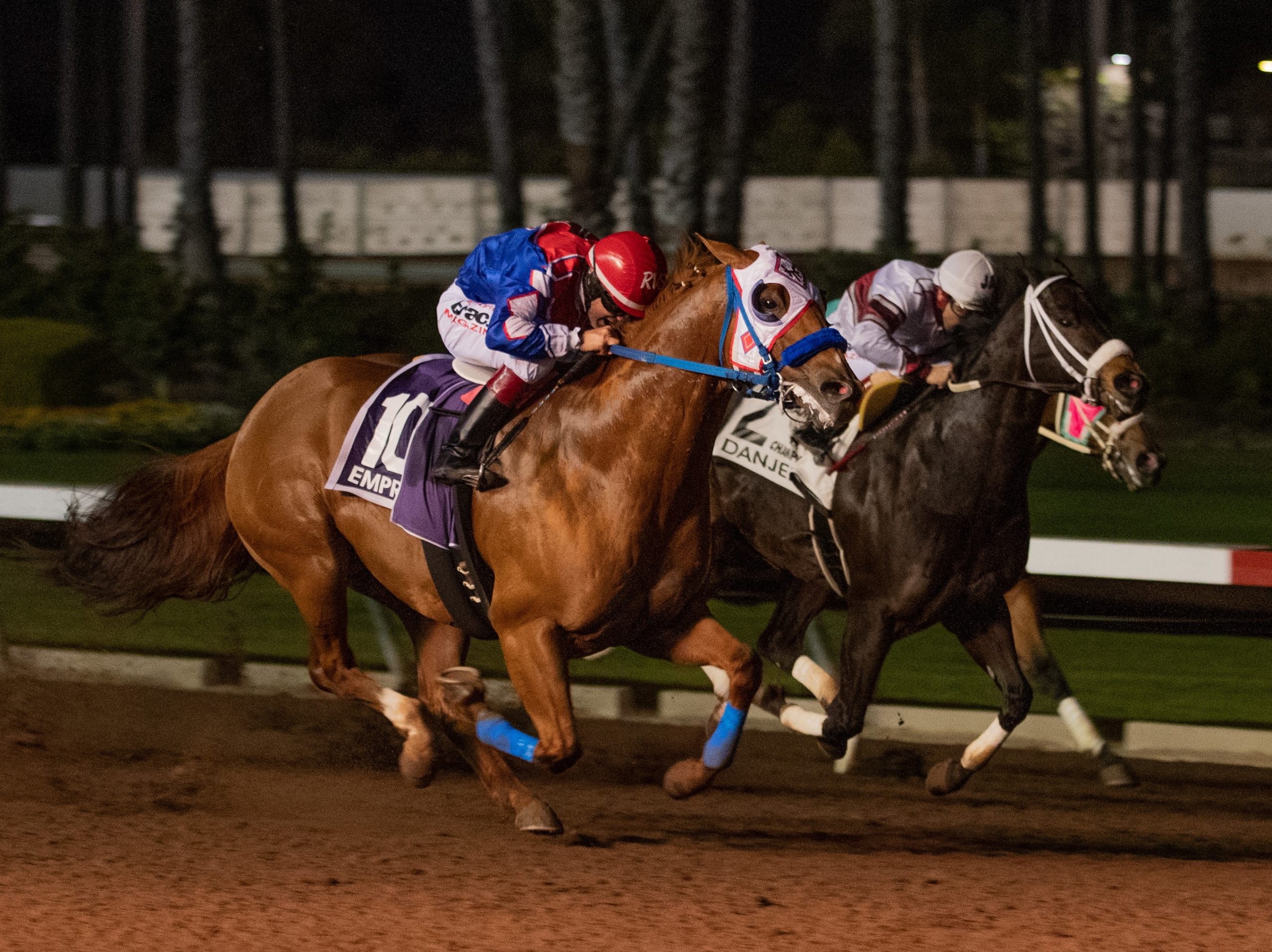 Empressum, the 2023 World Champion Racing American Quarter Horse (PHOTOGRAPHY: William Zuazo, courtesy of Los Alamitos Race Course).
Empressum, the 2023 World Champion Racing American Quarter Horse (PHOTOGRAPHY: William Zuazo, courtesy of Los Alamitos Race Course).
In 1992, AQHA established the Best Remuda Award to recognize the contributions of the great ranches that breed “using horses,” the kind that last all day under a hot sun trailing a herd of cattle. In fact, the Quarter Horse has become so synonymous with ranching and American Westward Expansion that many people think only of ranches when thinking of Quarter Horses.
The breed, however, got its name from the horse’s ability to run a quarter of a mile faster than any other horse. Short distance match racing began during colonial times. On bush tracks in rural parts of America, those match races continue today.
Quarter Horse racing is the kind of sport that appeals to people who don’t want to wait more than 23 seconds to know which horse won. In fact, an early definition of the Quarter Horse was a horse that could run a quarter-mile in less than 23 seconds.
During the 2023 All American Futurity — the world’s richest Quarter Horse race, offering that purse of $3 million — Cowboys Gun Z ran the classic quarter-mile distance in 21.574 seconds to win, making his owners very happy people indeed.
Those racing dreams have been shared by thousands. In the 1950s, Oscar “June” Jeffers and his wife, Zelma, dreamed of breeding a racing Quarter Horse that would win a lot of money. They bred their best mare to the best stallion they could afford. Mr Bar None was foaled in 1955.
The dark chestnut stallion was gentle enough that amateur June Jeffers could ride him around the block in Wagoner, Oklahoma, explosive enough to burst out of the starting gates, and determined enough to beat his competition to the finish line.
He was a champion, and he sired champions.
June and Zelma Jeffers’ grandchildren still talk about the dreams that single horse made come to life.
Mr. Bar None was inducted into the American Quarter Horse Hall of Fame in 2014, the highest honor possible for people and horses through the AQHA. Of the more than 6 million Quarter Horses registered, only 138 have been inducted.
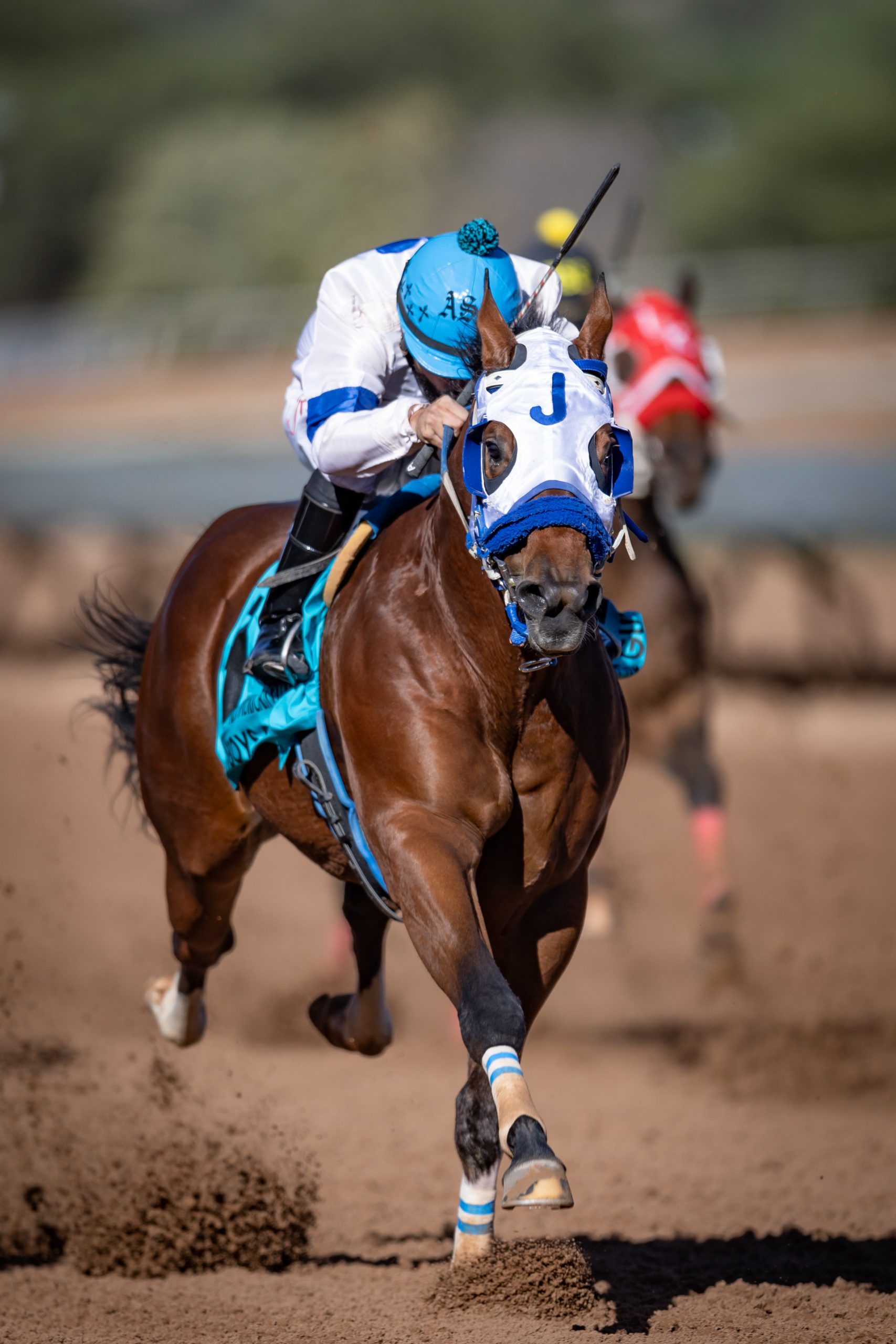 Champion Quarter Horse Cowboys Gun Z (PHOTOGRAPHY: Bee Silva / Shane Rux Photography)
Champion Quarter Horse Cowboys Gun Z (PHOTOGRAPHY: Bee Silva / Shane Rux Photography)
Here’s a bigger honor: Across the United States, right this minute, young girls with barrel-racing dreams are braiding the manes of horses descended from Mr Bar None, adorning those horses’ bodies with brightly colored tack and fringe before riding them in gymkhanas and rodeos. Those girls are learning horsemanship, sportsmanship, responsibility, and compassion from horses with liquid eyes and powerful haunches.
“Our Quarter Horse family is connected by an unwavering admiration for our horse,” Sitz says. “This love for the breed — their minds, hearts, beauty, and the partnerships we are lucky enough to share with them — is the foundation for our forever friendships and families.”
A WILLING MIND
In 2019, three athletes from Texas competed at the Special Olympics in Abu Dhabi, the capital of the United Arab Emirates. One of them, Spencer Roberson, swept gold in every equestrian discipline.
Back home in Texas, Spencer rides Quarter Horses that have been donated to the Stable Strides Farm in Pilot Point through a program to teach “independence in life through independence in riding.”
“Quarter Horses are so mellow and good-minded,” says Mandy Cleveland, program director at Stable Strides. “They don’t startle easily, because of their good brains.”
Much of the equipment around people with special needs can be frightening to horses. Quarter Horses like the program’s Amigo take it in their stride, so to speak.
“Amigo isn’t upset by the power chair one of our clients uses or the robotic arm,” Cleveland says. “He seems to accept it like ‘OK, wheels and legs are the same thing.’”
Without prompting, Amigo allows a child in a power chair to lead him. He reaches down his head to greet guests and happily jumps small cross-rails with more-experienced riders.
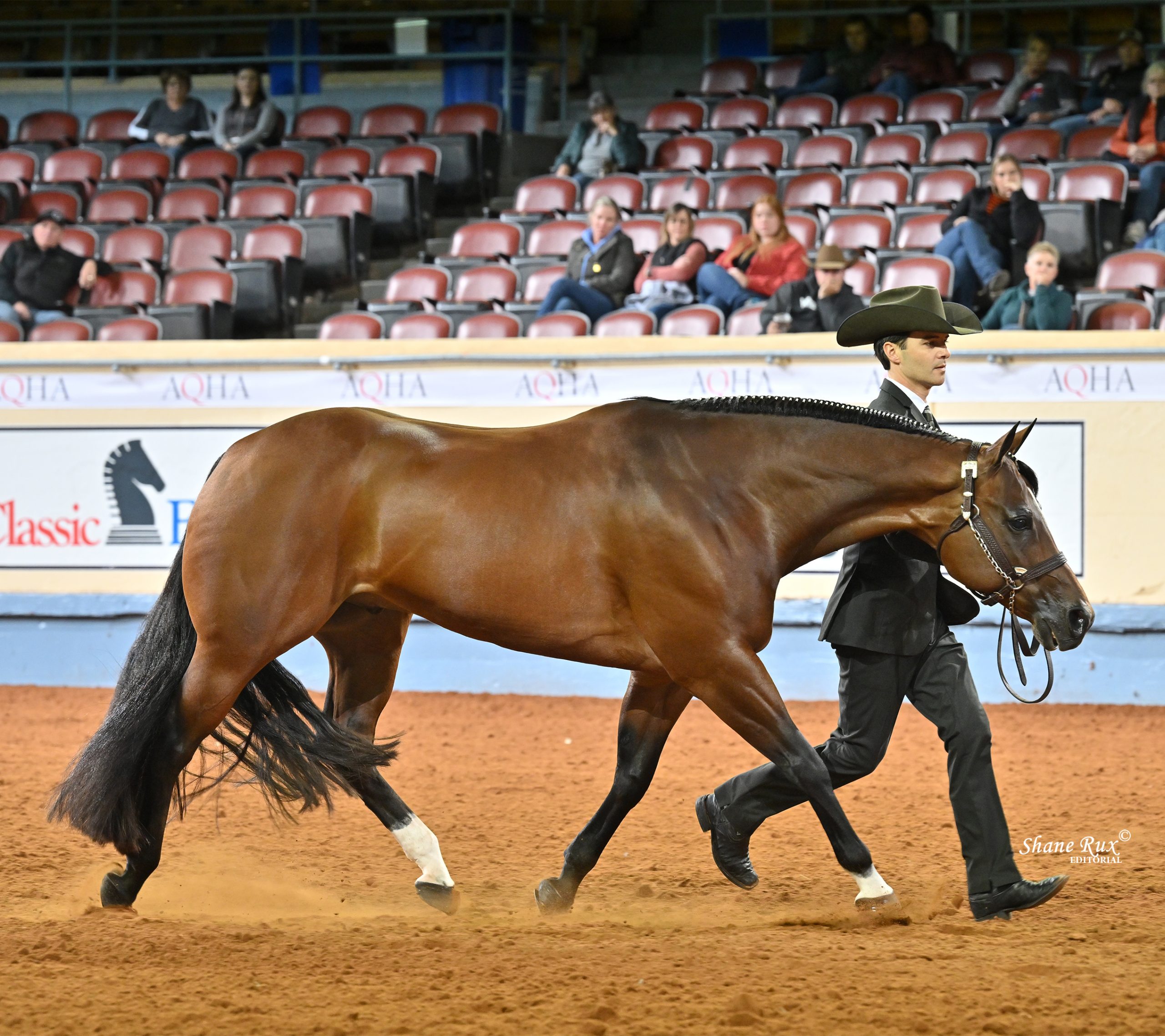 Champion Quarter Horse Never Sudden (PHOTOGRAPHY: Bee Silva / Shane Rux Photography)
Champion Quarter Horse Never Sudden (PHOTOGRAPHY: Bee Silva / Shane Rux Photography)
In a former life, Amigo was a world champion known as One Hot Amigo. In his retirement, he makes dreams come true for people who didn’t know their dreams could include Quarter Horses.
“The American Quarter Horse is perfectly equipped with the mind to do everything,” Sitz says. “They are the Labrador Retriever of horse breeds — kind, tolerant, loving, and loyal.”
The willing mind that the AQHA founders insisted on is the reason Quarter Horses have gone beyond their ranching and racing roots to find success in every discipline from jumping to reining to cowboy mounted shooting. The AQHA World Championship Show, held each October and November in Oklahoma City, boasted more than 7,800 entries and 1,356 exhibitors vying for titles in four divisions in 2023. The top classes included trail, ranch trail, and heeling (roping).
“American Quarter Horses are now our partners in competition, recreation, therapy, education, and so much more,” Sitz says. “I believe we are only in the middle of the story, and the American Quarter Horse will continue to evolve as our partner.”
The ranching and racing founders of the AQHA wouldn’t have recognized all the ways Quarter Horses would be expected to serve, but they would be proud: Their first requirement was a horse they could use and a body stout enough to carry dreams.
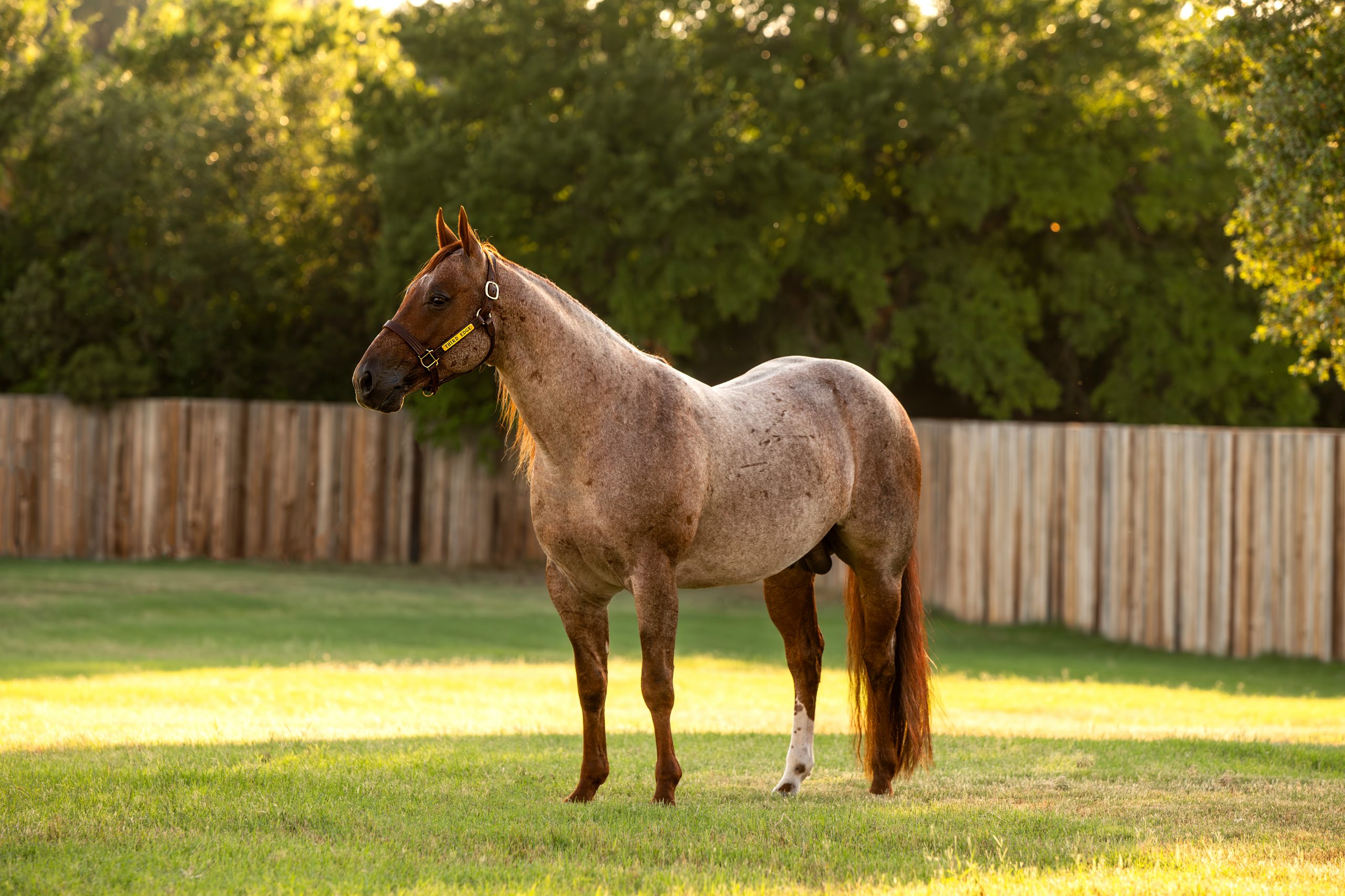 Third Edge, 2022 NCHA Open Horse of the Year, NCHA Hall of Fame, $341,390.63 in lifetime earnings (Owner, Teton Ridge; Stands at Brazos Valley Stallion Station) (PHOTOGRAPHY: Kiese & Co)
Third Edge, 2022 NCHA Open Horse of the Year, NCHA Hall of Fame, $341,390.63 in lifetime earnings (Owner, Teton Ridge; Stands at Brazos Valley Stallion Station) (PHOTOGRAPHY: Kiese & Co)
This article appears in our February/March 2024 issue.






